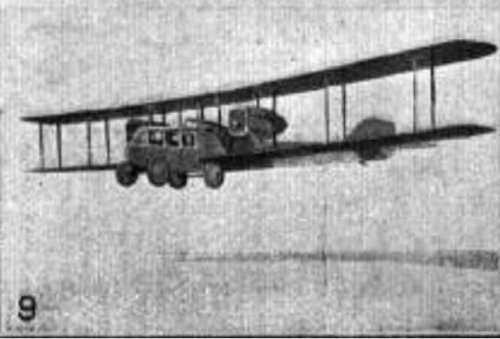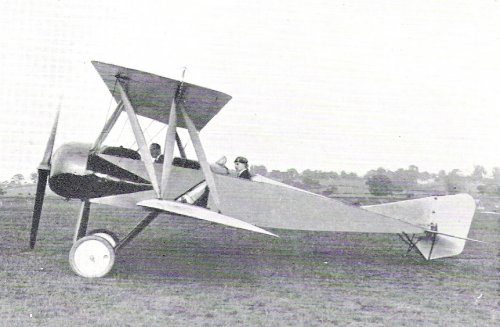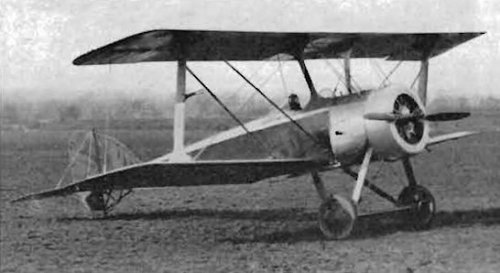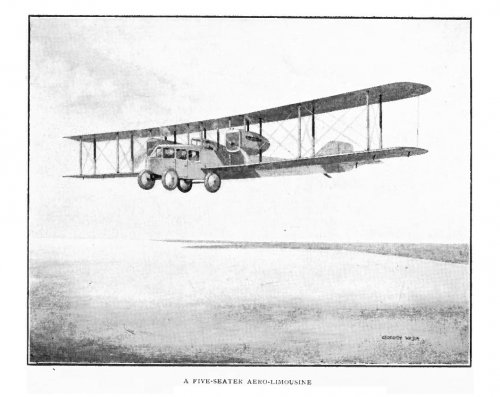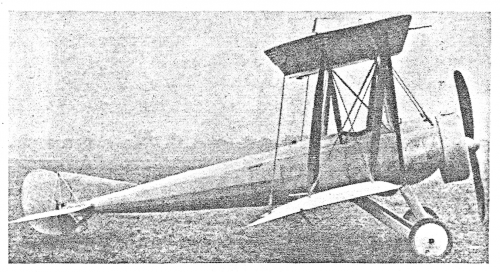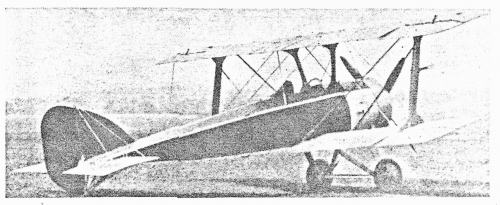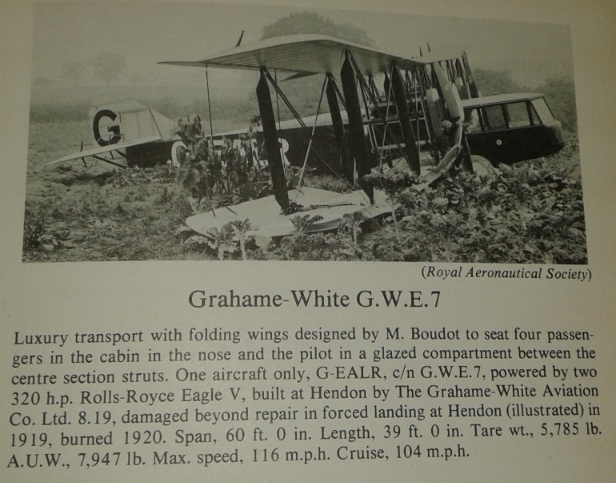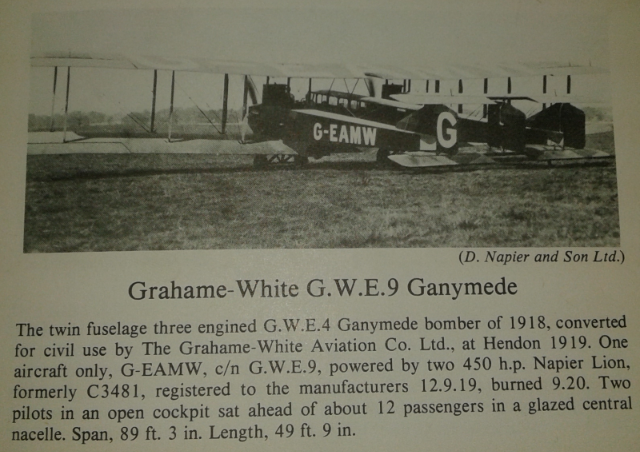- Joined
- 26 May 2006
- Messages
- 32,676
- Reaction score
- 11,890
Hi,
here is some Grahame White aircraft,the fourth was the GWE.6,and the
nineth was the GWE.7,that's in the second series for him,and the first was a
triplane transport project and the ten was a four seat touring project.
http://www.flightglobal.com/pdfarchive/view/1919/1919 - 0273.html
here is some Grahame White aircraft,the fourth was the GWE.6,and the
nineth was the GWE.7,that's in the second series for him,and the first was a
triplane transport project and the ten was a four seat touring project.
http://www.flightglobal.com/pdfarchive/view/1919/1919 - 0273.html
Attachments
Last edited:




